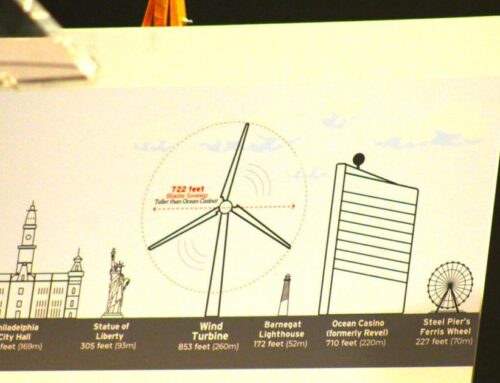Harvesting Hydrogen from Biomass for Energy Can Provide Substantial Carbon Emissions Reduc
October 6, 2025
Hydrogen fuel provides energy without producing carbon dioxide emissions, which makes it a promising option for decarbonizing the economy. The U.S. is a major producer of hydrogen, contributing around 10% of the global annual production, but the quantity of emissions produced when hydrogen is harvested depends on the method. Most of the hydrogen (H2) used for energy is derived from natural gas, a carbon-intensive method of production. However, a new study led by Yale School of the Environment researchers, found that hydrogen derived from biomass (Bio-H2) offers a viable alternative that can provide substantial greenhouse gas mitigation.
The research, published in PNAS, examined both the supply and demand side of hydrogen fuel, methods of production — including water electrolysis — and policy conditions with and without incentives amid a changing federal policy landscape.
“Hydrogen can reduce greenhouse gas emissions, but it hasn’t been adopted widely across sectors and there’s a missed opportunity there,” said Yuan Yao, associate professor of industrial ecology and sustainable systems, who led the project and is a corresponding author of the study.
The research team, which included YSE doctoral candidate Youyi Xu and Wei Peng, assistant professor of public and international affairs at Princeton University, developed a novel framework for the analysis linking life cycle assessment (LCA) with the Global Change Analysis Model (GCAM). Their framework can be used in future studies examining emerging technologies and cross sector comparisons, the researchers noted.
They found that while water electrolysis, which splits water into hydrogen and oxygen using an electric current, can produce clean hydrogen if powered by renewable energy, there are barriers to scaling electrolytic H2. These include high capital costs and limited land availability and water resources. Moreover, the recent federal One Big Beautiful Bill Act signed into law in July will remove the currently available clean H2 production tax credits starting in 2027, a change that will mostly affect water electrolysis.
Hydrogen can reduce greenhouse gas emissions, but it hasn’t been adopted widely across sectors and there’s a missed opportunity there.”
Studies have shown that although Bio-H2 generally results in higher emission than electrolytic H2, it still offers substantial reductions compared to fossil-based H2. Including Bio-H2 in the market could lead to 1.6 to 2 times greater emissions mitigation from 2025-2050 compared to scenarios without its use, the study found.
“In the absence of incentives, near-term solutions are critical for emissions reduction. This is where Bio-H2can play an important role as a cost-effective and readily deployable option,” Yao said.
There are many types of biomass that can be used to produce hydrogen including energy crops such as switchgrass and miscanthus, and agricultural and forest residues. The use of forest residues for hydrogen production reduces overstock that can cause fires while also supporting a circular bioeconomy.
In the absence of national carbon pricing, which the researchers noted is highly unlikely in the U.S. in the near term, sector-specific incentives such as subsidies for steel plants that use hydrogen-based production methods, could drive demand and enhance emissions reduction particularly in hard to abate industries.
“While broad carbon pricing can drive H2 adoption, targeted subsidies or incentives specifically designed to lower the cost of H2 adoption in industry could be even more effective in accelerating deployment and achieving greater emissions reductions,” the authors stated.
Search
RECENT PRESS RELEASES
Related Post






